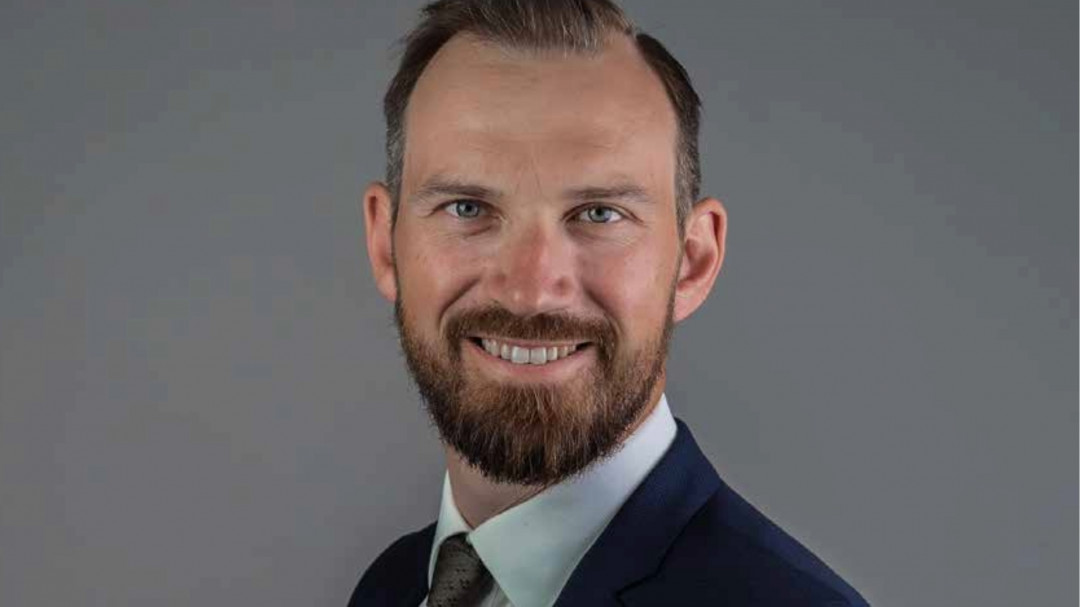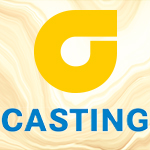

After five turbulent years, the Great Foundry Technology Conference (GGT) will take place again in Salzburg in 2024. The Federal Association of the German Foundry Industry (BDG) is organizing the conference together with the Austrian Foundry Institute (ÖGI) and the Foundry Association of Switzerland (GVS). Project Manager Martin Seidenberg provides a glimpse into the engine room of the BDG's organization team.
Mr Seidenberg, you are responsible for the organization of the GGT at the BDG. How is the atmosphere in the team?
Thank you very much for inviting me to talk to you! The team is highly motivated. After the challenging times since the last Great Foundry Technology Conference in 2018, exchanging ideas and networking and meeting face to face have become particularly important. We are therefore working with great enthusiasm to offer the industry a platform for this.
The BDG is heavily involved in the content and organization of the conference. Why?
The BDG sees it as its responsibility to strengthen and promote the industry as a whole. The Large Foundry Technology Conference plays an important role in this, as it not only aims to impart knowledge, but also to provide a forum for constructive dialog and cooperation. Last but not least, the companies taking part in the trade exhibition and, in particular, the sponsors of the event also rely on us to offer them a worthy stage. Our intensive work in the run-up to the event reflects this. We are therefore very confident that the GGT in April will be an important meeting place for the entire industry.
Speaking of the industry: How do you perceive the mood?
The mood in the foundry industry reflects the need to adapt to changing economic and technological conditions. This will not be easy. I am a career changer in the foundry industry and actually come from the textile industry, which has already experienced and overcome similar challenges. I recognize parallels. My experience shows that the challenges also create new opportunities. The willingness to innovate and overcome difficulties together is a promising sign.
However, this also means that it can no longer just be about pure casting technology.
That's right, thinking outside the box is more important than ever. We have therefore given the GGT a subtitle that makes this clear.
"The future of casting - transformation, young talent, technology"
Yes, it gets to the heart of the current megatopics. The joint program committee of the BDG, ÖGI and GVS already made it clear when publishing the call for papers that the presentations at the GGT must focus on these megatopics. Even a glance at the preliminary program of presentations showed that this has been achieved.
Energy-intensive industrial SMEs are repositioning themselves in the course of the transformation, particularly with regard to the challenges mentioned, which society is also facing. How would you sum these up for the foundry industry?
The immense technical and economic challenges for the foundry industry lie primarily in the need to develop more energy-efficient processes and integrate sustainable technologies. In addition, the industry must actively recruit new talent in the changing labor market.
And how does the GGT specifically address this?
The name Große Gießereitechnische Tagung is no coincidence. In terms of content, it is of course still about technical innovations. However, we also address these current topics in particular by focusing not only on the foundry process itself, but also on megatopics such as energy efficiency, environmental compatibility and digitalization. In Salzburg, we also offer outstanding students a stage to present their theses in lectures, and many others will be on site to make contact with the industry.
So one of the conference's tasks is also to drive the industry forward?
Yes, of course. The lecture program is deliberately designed to include experts who can offer concrete solutions to the various current challenges. We want to show the industry that it doesn't have to be dragged helplessly through the ring when it comes to digitalization, the circular economy and energy prices, but that it has the ideas and means to become a shaper of the transformation itself. This makes the conference an important forum for the exchange of best practices and innovative approaches from within the industry itself.
The lecture program is now as good as fixed. Can you give some examples of how the megatopics will be addressed?
Various companies will describe their experiences from their own transformation processes. Keyword best practice examples. I can think of Siempelkamp, Hydro and AMAG, for example. There will also be a presentation on the ReGAIN research project and the pioneering use of AI in automotive process chains. A project that recently had its kick-off on the BDG premises. Last but not least, I am personally looking forward to the presentation by my colleague Elke Radtke. She will be talking about the CO2 footprint calculation of cast components using FRED. With the CO2 calculation program, foundries can also take their medium and long-term transformation strategy into their own hands. As the BDG was involved in its development together with other associations in the supplier industry and has tailored it specifically to foundry processes, I am of course particularly interested in further developments here. The individual presentations can already be found in the program, which is also published in the current issue of GIESSEREI.
Do you already have an impression of how the program and concept of the conference will be received?
The anticipation of informative presentations and exciting discussions is clearly palpable. However, we want to create an event that offers our members and guests the opportunity to talk to each other outside of the program in addition to technical discussions.
This is the first time you have organized the Large Foundry Technology Conference. What distinguishes it from other conferences for you, what is the core of the event?
In fact, I see the unmistakable core of the GGT in the combination of first-class technical expertise, interactive exchange and social event that I have just mentioned. The conference presents advanced developments in foundry technology at the highest level by bringing together experts from the non-ferrous and ferrous sectors. But I also see the GGT as a huge family get-together. We are delighted to welcome numerous members and former members of the German Foundrymen's Association (VDG), who remain loyal to the industry even after their retirement and will meet friends and former colleagues at the VDG General Meeting in Salzburg. A special feature is certainly the foundrymen's evening, which once again offers the opportunity for informal discussions and strengthens the sense of community within the foundry industry.
Finally, a personal question. You have been active in the BDG since last year. Are you looking forward to the conference?
I had an incredibly exciting start in the BDG. A successful GGT would be the crowning glory. - Yes, I'm really looking forward to it.

